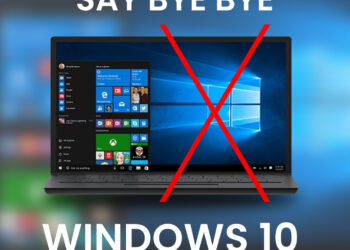
Rebounding Credit Growth in Nigeria: Inflation, Liquidity, and the Bigger Picture
After a brief pause in February, Nigeria’s private sector credit expansion found its footing again in March. According to the Central Bank of Nigeria (CBN), private sector credit grew by 9 percent year-on-year to ₦76.3 trillion. It is a respectable recovery by most standards. Yet beneath the surface, familiar challenges remain. With a credit-to-GDP ratio standing at just 28.3 percent, Nigeria still lags far behind the sub-Saharan Africa average of 37.9 percent, and even further behind the global benchmark of 147.9 percent, based on World Bank data. In simple terms, while the headline numbers are moving, the depth of credit penetration needed to unlock real economic acceleration remains stubbornly shallow. Tight liquidity conditions continue to define the financial landscape, a consequence of the CBN’s unrelenting fight against inflation. The Monetary Policy Committee’s (MPC) latest notes reveal the Cash Reserve Requirement (CRR) nearly doubled over two years, hitting ₦26.6 trillion in January 2025 compared to ₦13.5 trillion in January 2023. It is a bold but necessary grip on the money supply.
Meanwhile, broader monetary indicators such as M2 and M3 recorded strong double-digit growth, each expanding by 24 percent year-on-year to ₦114.2 trillion. Interestingly, much of this momentum can be traced back to a surge in net foreign assets, which soared by 74 percent to ₦45.2 trillion. Capital inflows told a compelling story as well: $2.1 billion entered the country in January 2025, a giant leap from just $0.3 billion recorded the year before. This reflects that global investors are still betting on Nigeria’s long-term potential, despite short-term turbulence. However, domestic liquidity paints a less cheerful picture. Net domestic assets grew by only 4 percent year-on-year and shrank by 12 percent month-on-month, highlighting the tightening screws within the banking system.
Government borrowing also picked up pace, with credit to the public sector climbing 29 percent year-on-year to ₦25.9 trillion in March. With oil revenues underperforming and fiscal space narrowing, this trend is likely to continue, potentially crowding out private sector investment. Earlier in February, the MPC had paused its interest rate hikes, buoyed by early signs of inflation easing and a stabilizing naira. However, that optimism proved short-lived. March inflation figures revealed a sharp reversal, with headline inflation rising to 24.23 percent from 23.18 percent in February, according to the National Bureau of Statistics (NBS). As inflationary pressures resurface and monetary aggregates continue to expand, it is becoming clear that a difficult balancing act lies ahead for policymakers, one that requires supporting fragile growth while keeping inflation in check.
In the end, numbers may rise and policies may adjust, but meaningful progress demands more than just movement. It demands depth, resilience, and the patience to build lasting foundations.






